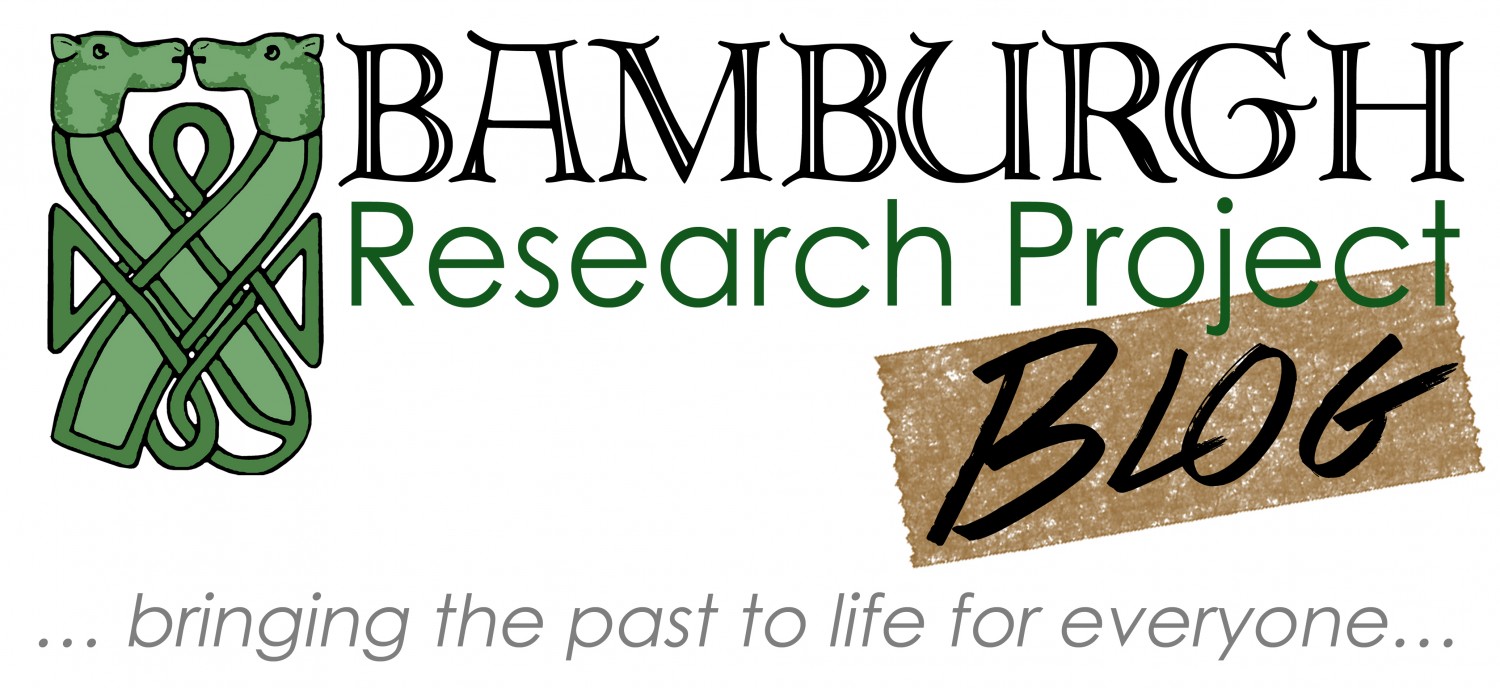Today’s Way Back Wednesday is an oldie but a goodie, as the youths say. In 2008, we found an iron object pointed at both ends but moderately corroded. It looked like it may have been a long knife, but what we discovered is even more exciting.
Before conservation:
It wasn’t just any knife, but a “seax,” the very type of long dagger or short sword the Anglo-Saxons themselves, both men and women, used in their daily life. “Seax” is actually the Old English word for “knife.” Larger seaxes would be used as weapons.
Here is our seax after conservation:
We turn to seasoned students Cassidy Sept and Olivia Russell for a rundown of just what makes this seax so special:
Size: The fragment is approximately 23cm/10in in length, 3cm/1in in width.
Period: Late Anglo-Saxon, c. mid 9th to late 11th century CE. We can refine this to the mid-to-late Anglo-Saxon period due to the presence of pattern-welding (so the 8th to 10th century CE perhaps), as pattern-welded blades decreased in the late Anglo-Saxon period.
Style: The pattern welding type is indicative of a compressed banded ladder design, which is a common Damascus steel design. Pattern-welding was common in Northern Europe for much of the early medieval period. According to Thomas Birch, University of Aberdeen, pattern-welded swords/seaxes/etc. reached their pinnacle during the 6th and 7th centuries CE and decreased in practice by the end of the Viking Age. This was largely due to procurement of better materials to make stronger weaponry and tools, thus rendering obsolete the necessity of welding metals in various patterns to provide reinforced strength. Despite this abatement in pattern-welding to strengthen blades, the practice likely continued for aesthetic or ceremonial purposes as the designs are beautiful, intricate, and highly skillful.

The banded ladder pattern that is similar to what our seax has. There are, however, many other patterns (external site) available to the experienced steelworker.

A modern pattern-welded seax similar typology to ours. Here (external site), in progress.
Typology: Using the Wheeler seax typology, it is likely to be a broken-back straight edge type III/IV with a straight, slightly concave tip and a single-edged blade.

Seax typology, modified from Wheeler (1927) by Kirk Lee Spencer.
Further reading:
Birch, T. 2013. “Does pattern-welding make Anglo-Saxon swords stronger?” in D Dungworth and RCP Doonan (eds) Accidental and Experimental Archaeometallurgy (London), 127-134.




